Mike Oldfield’s Tubular Bells is over 50 years old but still sounds fresh. GARY STEEL chats with the man behind the upcoming Auckland performance of the iconic work.
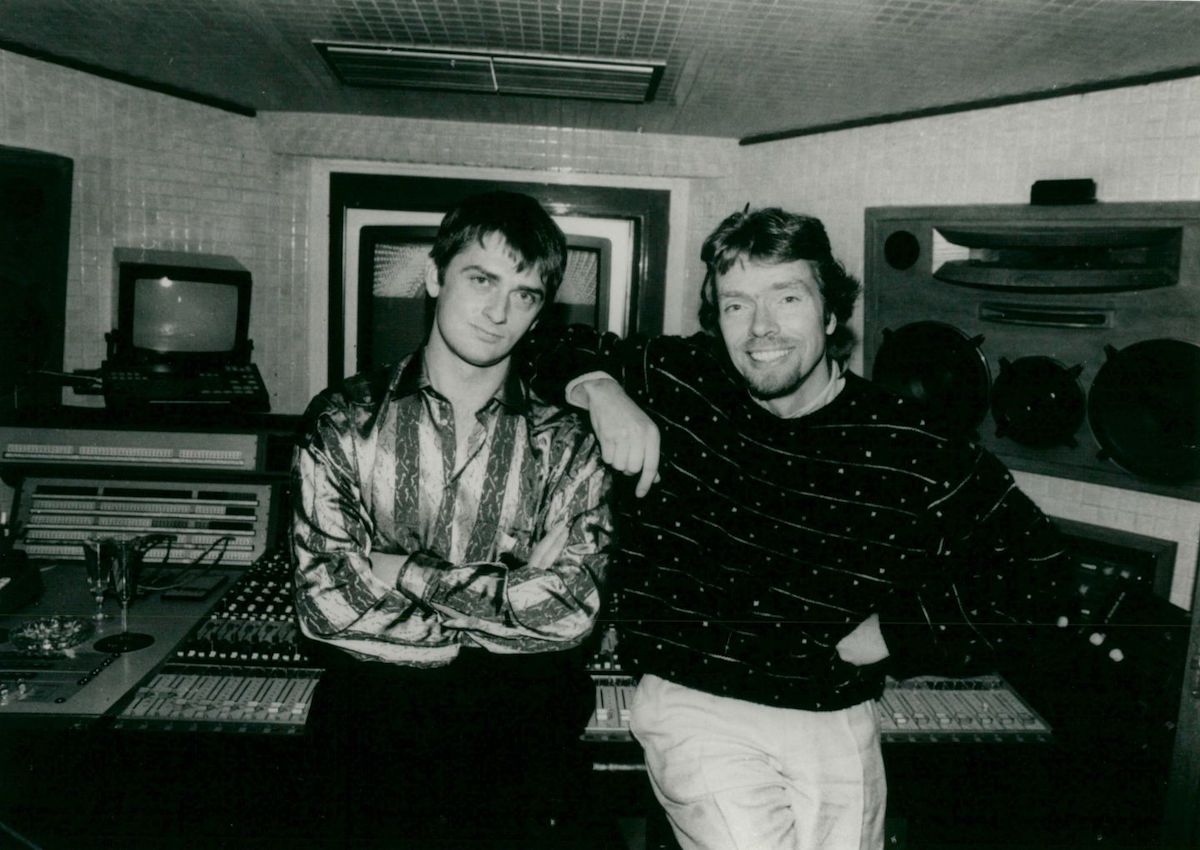
Reputedly the biggest-selling instrumental album of all time (Kenny G might have something to say about that claim*), Mike Oldfield’s Tubular Bells hardly needs statistical ballast to ensure its utterly unique standing in the history of popular culture. It’s a record and a composition that continues to weave its spell on new generations of listeners more than half a century after its release.
The story of Tubular Bells is noteworthy and full of firsts. Mike Oldfield was only 19 when young entrepreneur Richard Branson gave him the opportunity in 1972 to record the composition at his new studio, The Manor. The guitarist, who had started out as bassist in former Soft Machine singer Kevin Ayers’ band, did something quite extraordinary: he played nearly all the instruments. A truckload of them. Tubular Bells would turn out to be a masterpiece of overdubbing – a craft that was in its infancy back then – and an intricate assemblage that both mirrored and rejected the progressive rock tendencies of the era.
 The album, released on 25 May 1973, was prog-like in that the 26 minutes of Part One and the 23 minutes of Part Two moved through a surprising range of moods and modes, Oldfield overdubbing dozens of instruments and in so doing, creating a constantly shifting magical mélange of timbres and textures. But King Crimson, Yes or Emerson Lake & Palmer this wasn’t. Oldfield was a somewhat shy and withdrawn character, and it showed. While there were brief displays of rock rambunctiousness, what really distinguished Tubular Bells was its tantalizing quietude. Influenced by the classical minimalism of Terry Riley but also evoking the melancholy of the English countryside, parts of Tubular Bells are what we might now call New Age.
The album, released on 25 May 1973, was prog-like in that the 26 minutes of Part One and the 23 minutes of Part Two moved through a surprising range of moods and modes, Oldfield overdubbing dozens of instruments and in so doing, creating a constantly shifting magical mélange of timbres and textures. But King Crimson, Yes or Emerson Lake & Palmer this wasn’t. Oldfield was a somewhat shy and withdrawn character, and it showed. While there were brief displays of rock rambunctiousness, what really distinguished Tubular Bells was its tantalizing quietude. Influenced by the classical minimalism of Terry Riley but also evoking the melancholy of the English countryside, parts of Tubular Bells are what we might now call New Age.
Some later albums by Oldfield soaked themselves fully in this deeply reflective vibe, but Tubular Bells never allowed itself to pause in one mood for too long, and even its quieter passages carried a slightly spooky feeling, as though the quiet place Oldfield was seeking could only be realized briefly through a dream or perhaps an LSD experience.
For many, however, Tubular Bells will forever be associated with The Exorcist, a sensational horror film that opened in December 1973 and featured a brief excerpt from the album. This propelled it to the top of the charts for more than a year and turned Branson’s fledgling Virgin record label into a viable concern. It would go on to unleash a marvellous (if largely commercially unsuccessful) cluster of releases over the next few years from what amounted to an interconnected repertory crew of brilliant bands like Henry Cow, Slapp Happy, Gong, Hatfield & The North, Faust and Robert Wyatt.
Mike Oldfield found his unintentional celebrity hard to handle and over the years, continued to release a variety of projects while intentionally avoiding the spotlight. Along with other well-loved albums like Hergest Ridge (’74), Ommadawn (’75), Crises (’83) and Voyager (’96) he has revisited his seminal work repeatedly, with an orchestral Tubular Bells in ’75, and two proper sequels (’92 and ’98 respectively).
And that’s where Robin. A Smith comes into the picture. Smith, who helms the 50th Anniversary Tubular Bells concerts, first collaborated with Oldfield on Tubular Bells 2 and Tubular Bells 3 and the prestigious concerts associated with those releases, and became something of a right-hand man to Oldfield over the past two decades.
The idea behind the recent Tubular Bells tour, which wended its way through Europe, and its subsequent reprise Downunder – including the one Auckland date at the Bruce Mason Centre – isn’t a tribute to the now-retired Oldfield, but a respectful illustration of the composition, in much the same way as a symphony orchestra performs the compositions of those genius 200-year-old dead guys.
“I needed to feel completely true to the original work,” says Smith. The only thing that we definitely bring to it is that everything is played live. Otherwise, it would just be a tribute, and we’re not doing a tribute, this is a reimagining, taking this beautiful work and recolouring it and giving it to new ears. You can hear a tribute to Tubular Bells anywhere in the world in any pub and it should be that way, but what I wanted to do was to bring a fresh version to say to people ‘forget the album in a way, look at it as a piece of composition’. Because it is, the composing that’s gone on is extraordinary.
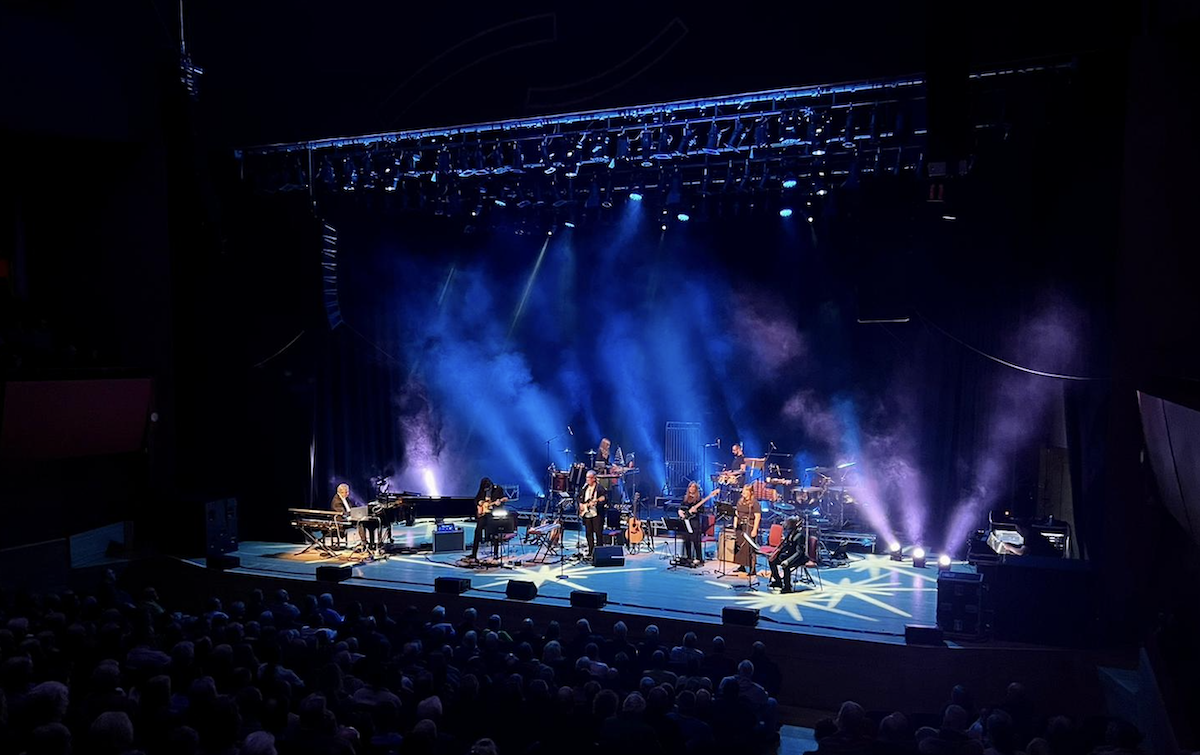
“The whole point of reimagining the album was to bring it into the 21st century, bring it to a new audience with fresh ears and hopefully bring new people to keep this amazing piece of music,” says Smith. “What I did, because of my relationship with Mike and my respect for him, is deliberately synchronize to the original album. Our performance is moving exactly as Mike did when he first performed it. Which is easy enough to say, but when you think he did it on his own it’s unbelievable, extraordinary.”
The album has a strange dynamic partly because of the inexact way the overdubs were constructed in that totally analogue era, and Smith takes this into consideration in what he calls “… the organic shifts of everything. There are some sections where you need to feel it lurch, because obviously he did when he performed it. He knew what he was doing, but he probably slowed down to pick up his fags or something!”
 But who is this Robin A. Smith chap? It turns out that he, too, has had an extraordinary career to date. A child prodigy on the piano, “I could listen to classical music but really appreciate Pink Floyd at the same time. So when Tubular Bells came along it was extraordinary. Because I could understand every single thing about it, as in the serialism of the intro right through to the prog rock stuff, because I was listening to bands like Gentle Giant.”
But who is this Robin A. Smith chap? It turns out that he, too, has had an extraordinary career to date. A child prodigy on the piano, “I could listen to classical music but really appreciate Pink Floyd at the same time. So when Tubular Bells came along it was extraordinary. Because I could understand every single thing about it, as in the serialism of the intro right through to the prog rock stuff, because I was listening to bands like Gentle Giant.”
Smith quickly found that he was tremendously versatile as an arranger, a performer, a bandleader, and even as a songwriter. Classically trained, he has worked with the likes of Andrea Bocelli and Jose Carreras but also pop music names like Earth Wind & Fire, Phil Collins and drum and bass producer Goldie. But it’s his work producing and writing for late-lamented Kiwi singer Margaret Urlich that comes as the biggest surprise.
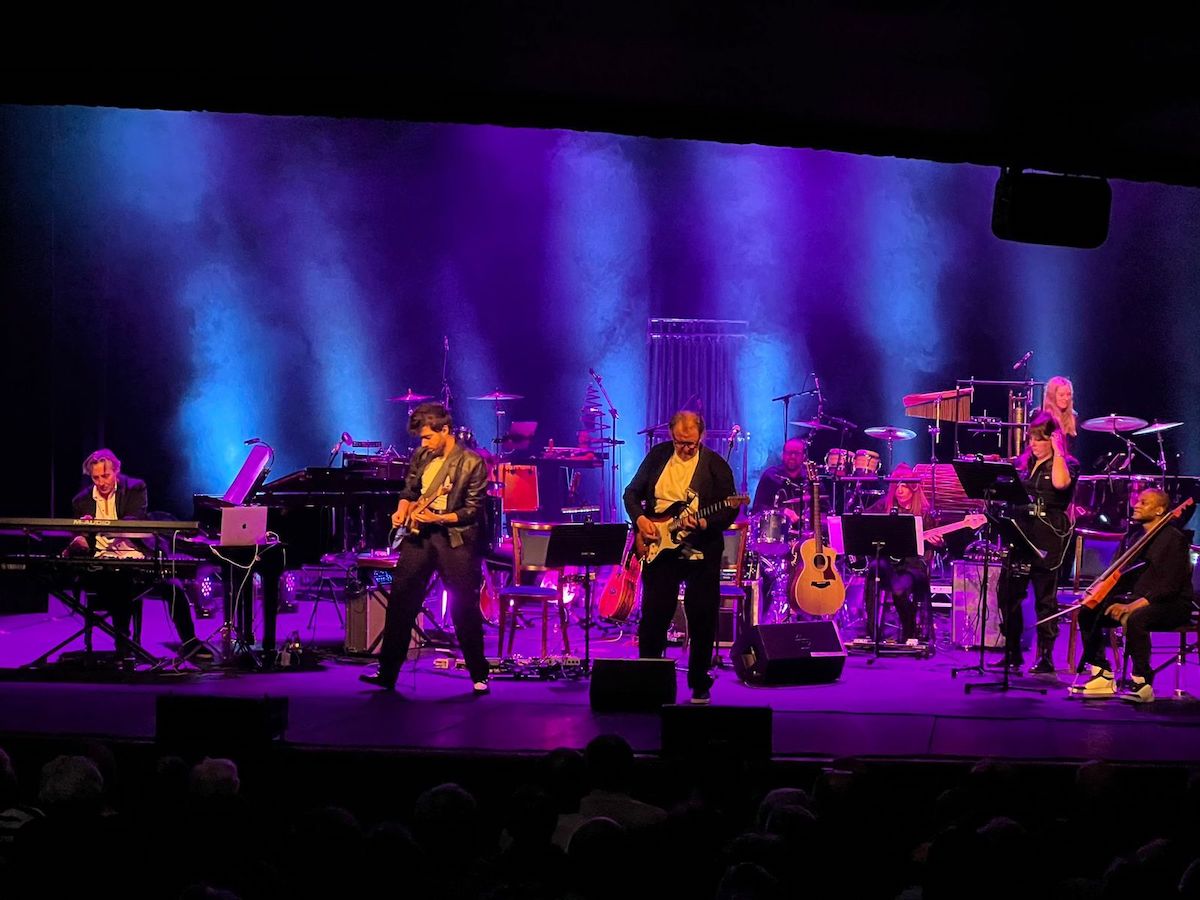
It turns out that Sony Music A&R guy Peter Karpin sold him on the former Peking Man singer. “He said ‘I’ve got this young lady and we want to do something with her because we think she’s really special. Will you come and develop it for us?’ So I went over to Sydney and was there for about six months. We wrote the album, Safety In Numbers. It was an amazing kind of bubble that we created and she was a lovely person. That moment of doing Safety In Numbers was absolutely extraordinary. I’ve never encountered anything like it, because you have this freedom to be musical, the freedom to be creative and she personified that. She just wanted to find out who she was and develop it, and I was surrounded by Kiwi culture. And it was great to have that hit, ‘Escaping’, which shouldn’t have happened, but was probably the most adventurous song that I ever wrote.”
But back to Tubular Bells! The lineup for the Australian tour and the NZ date is the same as the previous European tour: Smith is the musical director and plays piano and keyboards, while Jay Stapley handles Oldfield’s guitar parts. The lineup also includes Maxime Obideau (guitar, mandolin), Lisa Featherston (bass), Kwesi Edman (cello), Daisy Bevan (vocals) and Will-Miles Jack (percussion).
 “The great thing about Jay is that when I first met Mike when he asked me to arrange Tubular Bells 2 at Edinburgh Castle, I asked Jay to do the support guitar to Mike, so it’s been a wonderful journey that years on, now that Mike’s retired, Jay now plays his parts, and of course, he’s an incredible guitarist.
“The great thing about Jay is that when I first met Mike when he asked me to arrange Tubular Bells 2 at Edinburgh Castle, I asked Jay to do the support guitar to Mike, so it’s been a wonderful journey that years on, now that Mike’s retired, Jay now plays his parts, and of course, he’s an incredible guitarist.
“There are some incredible melodies on Tubular Bells and it’s incredibly lyrical. You can easily say that everything should be played on guitar because Mike played it on guitar, but my belief is that taking some of these incredible melodies and playing on very melodious instruments… We’ve got a cellist who features very heavily. Because when you think about it a cello plays beautifully in the same kind of register as the guitar but does melodies with even more vibrato, more emotion. And on top of that we have an opera singer, Daisy. You can sing just one of these beautiful melodies, and it makes your heart melt on a nightly basis. They’re taken away, recaptured.”
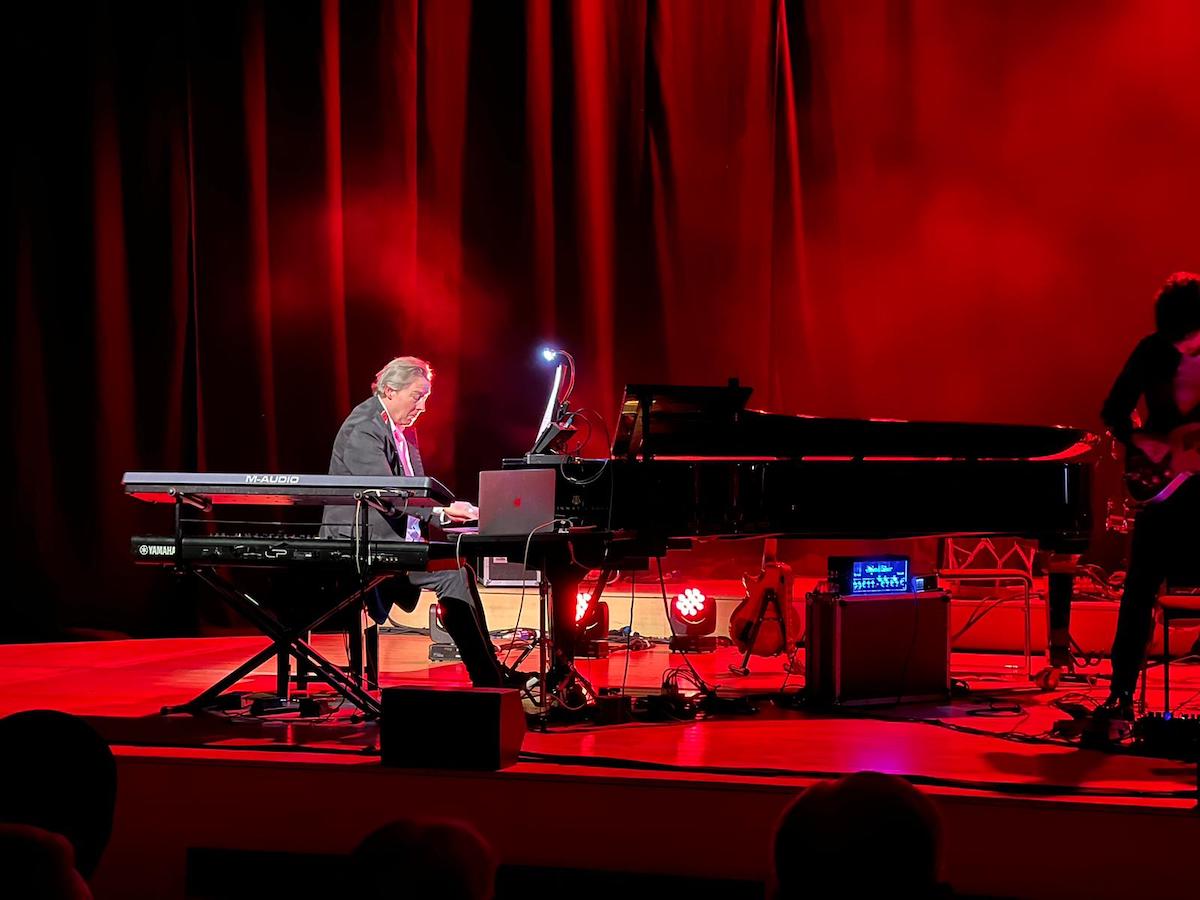
While staying true to the original version, Smith was aware that he needed a broader canvas and frame of reference for 2024 ears.
“In the new version, I’ve enhanced the rock parts with percussion, so for example, the rock parts you can assimilate into a Game Of Thrones-style soundtrack which we’re used to hearing. Big drums, big movements, Hans Zimmer scores. If you don’t have all that around you, you are literally listening to rock, and that’s the amazing thing about his original recording, was that it was just him playing the guitar, it’s extraordinary.”
Finally, I wonder how the show will be structured on the night.
“The second half of the show is all of Tubular Bells, Part One and Part Two without a break. It’s 50 minutes long, a true performance, and it’s got the ‘Sailor’s Hornpipe’ as well. The first part (of the show) is a kind of homage to Mike. The whole evening should really be about Mike the composer. So in the first half, we’re doing ‘Moonlight Shadow’ and ‘Family Man’ and ‘Shadow On The Wall’ and some pieces of mine just putting you in the mood for Mike Oldfield. When I was putting it all together I asked Mike – who lives in the Bahamas and nobody ever sees him but he does sometimes respond to questions – what would be his favourite piece that we could play as a legacy and he said ‘Summit Day’ from the Guitars album, so we do that and it’s a beautiful piece and you can just see that he has such a wealth of emotion.”
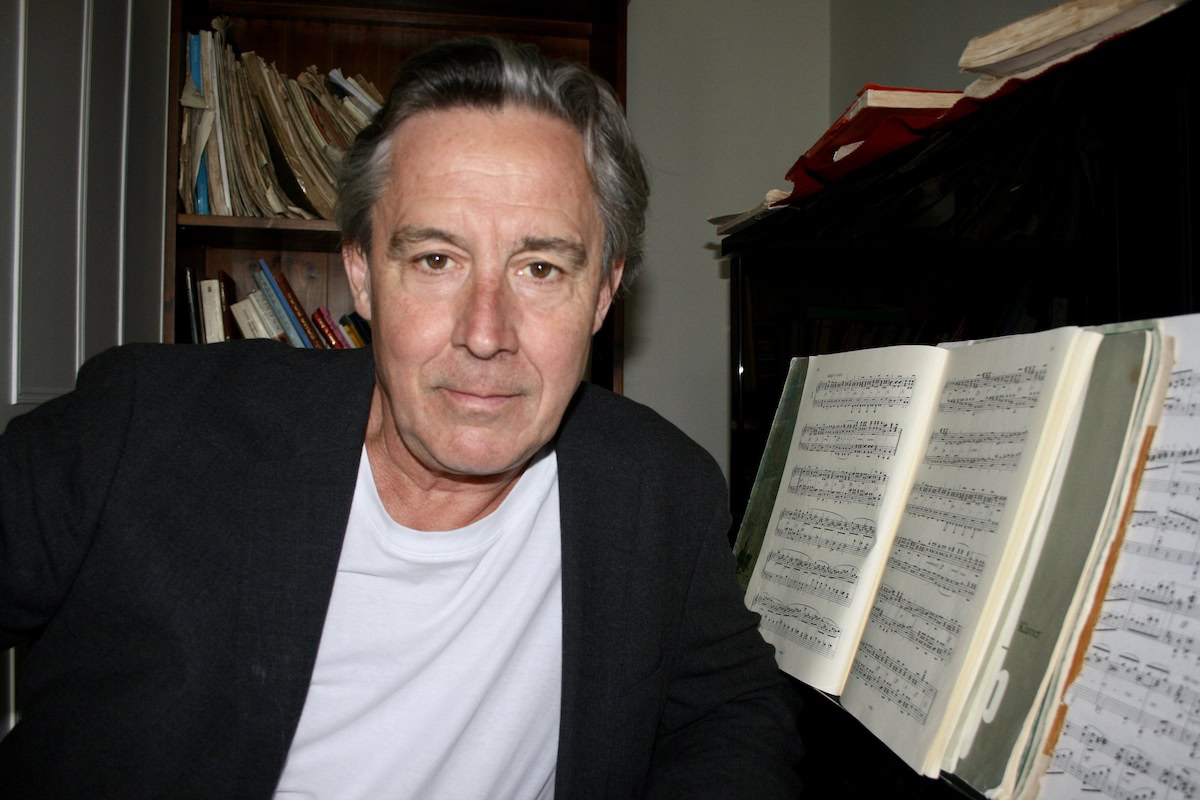
Smith confirms that Mike Oldfield is a very quiet, very private person. “It’s no big secret. Wouldn’t we all love to have a creative outburst where every single ounce of you goes into something that then gets recognized for what it is. Unfortunately for poor old Mike, in a way, he was 18 when this happened. It wasn’t that he didn’t want it, he just wanted the creativity, just make music, play the guitar and work, and of course to suddenly have this kind of attention put on him… [People would say] ‘he’s so lucky he’s got all this money’ and they were right in a way, but however, as somebody who didn’t want it in the first place, I think he’s struggled with that a lot. But he’s a lovely guy, he just loves music and that’s what he’s all about, just getting on with it.”
And yes, it’s true that there are those who seem to have it in for poor Mike Oldfield. The opprobrium was particularly intense during the punk era, when the UK music press treated him with contempt and came up with alternative names for the album like Tubercular Smells. Happily, the longevity and continued popularity of Tubular Bells tells its own story.
Finally, I asked Smith what kind of audiences they got for the show in the UK and Europe. Were they all old bastards like me?
“In Europe we had a really broad stroke of people,” says Smith. “However, there’s no doubt about it that the overall emotion, it doesn’t really matter what age you are, you’re on this journey right from the beginning, but you’re all in a theatre that’s packed, you all go on the same journey. And yes, there are people of a certain age, and let’s be really honest here, you see gentlemen of 65 and over who come to see me at the end with very glassy eyes and they say thank you, and in their eyes they are 18. They’re back in the first time they ever heard it, the first time they ever saw Mike perform it. That’s what I wanted to do, I want them to take it on to the future and pass it on to the next generation.”
* It is said that Kenny G’s 1992 album Breathless is the biggest-selling instrumental album of all time. But in any case, Tubular Bells isn’t quite instrumental. There’s some ethereal female voices as well as Viv Stanshall’s very Monty Python-like “vocal” performance on Part Two.
+ Tubular Bells, Thursday August 1, 2024, Bruce Mason Theatre, Takapuna, Auckland,
















Looking FORWARD TO SEEING IT. i lOVE tUBULAR bELLS BUT THINK Tubular Bells 2, ESP THE LIVE EDINBOURGH PERFORMANCE rOBIN Conducted, IS A RARE EXAMPLE OF A SEQUEL THAT EXCEEDS THE ORIGINAL.
PS: Can you tell the comment box doesn’t DISPLAY case properly. iT WAS ALL UPPERCASE IN MY BROWSER (AS IS THIS)
Thanks for your comment/s, robin. I’ll let our webmaster know about the caps problem!